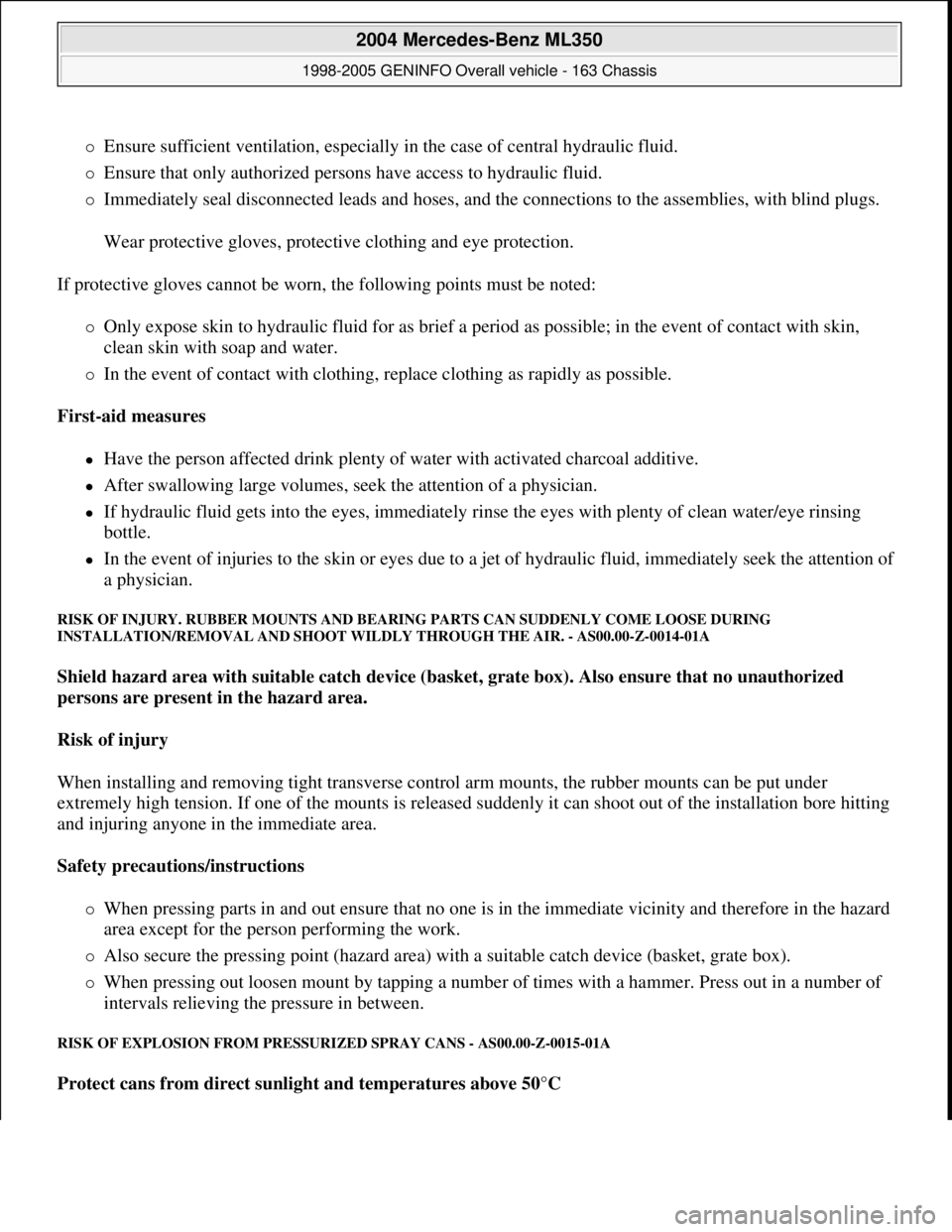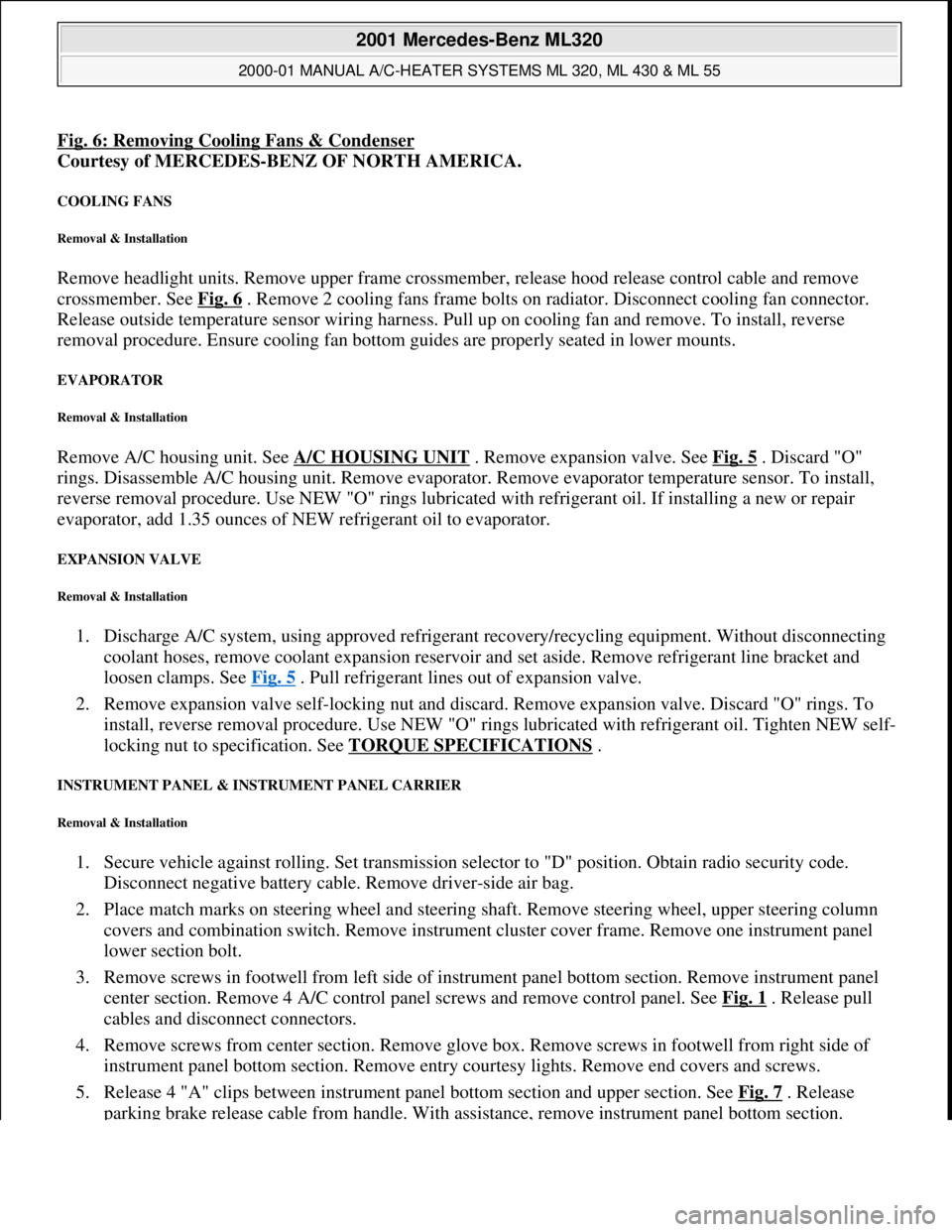Page 1140 of 4133

336 IndexSide windows 144
Automatic closing 145
Automatic opening 145
Cleaning 237
Closing 145
Closing fully (Express-close) 145
Opening 145
Opening and closing 144
Opening fully (Express-open) 145
Rear quarter window 146
Stopping 145
Synchronizing power windows 146
Simultaneous wiping and washing
Rear window wiper/washer 51
Windshield wipers 50
Single wipe 50
Sliding/pop-up roof* 148
Closing 148, 265
Opening 148, 265
Synchronizing 149
Snow chains 231
Spare fuses 287
Spare parts service 290Spare wheel 259
Mounting 274
Removing 259
Speed
Saving current 151
Speed settings
Cruise control 152
Speedometer 25
Speedometer display
Additional indicators 256
Split rear bench seat 99
SRS 66, 314
Indicator lamp 255
Standing lamps 107
Replacing bulbs 266, 267
Standing water
Driving instructions 200
StArt
Display messages 256
Starting difficulties 47
Starting position 33
Starting the engine 46Steep terrain
Driving 202
Steering column
Height adjustment 39
Length adjustment 39
Steering lock 23, 33
Positions 33
Steering wheel
Adjusting 39
Adjustment 39
Cleaning 238
Stolen vehicle
Tracking services 180
Stop watch 189
Stopping
Windows 145
Storage compartments
Glove box 164
Under front passenger seat* 164
Storing (Memory function*)
Positions into memory 106
Stranded vehicle 286
Page 2870 of 4133

Ensure sufficient ventilation, especially in the case of central hydraulic fluid.
Ensure that only authorized persons have access to hydraulic fluid.
Immediately seal disconnected leads and hoses, and the connections to the assemblies, with blind plugs.
Wear protective gloves, protective clothing and eye protection.
If protective gloves cannot be worn, the following points must be noted:
Only expose skin to hydraulic fluid for as brief a period as possible; in the event of contact with skin,
clean skin with soap and water.
In the event of contact with clothing, replace clothing as rapidly as possible.
First-aid measures
Have the person affected drink plenty of water with activated charcoal additive.
After swallowing large volumes, seek the attention of a physician.
If hydraulic fluid gets into the eyes, immediately rinse the eyes with plenty of clean water/eye rinsing
bottle.
In the event of injuries to the skin or eyes due to a jet of hydraulic fluid, immediately seek the attention of
a physician.
RISK OF INJURY. RUBBER MOUNTS AND BEARING PARTS CAN SUDDENLY COME LOOSE DURING
INSTALLATION/REMOVAL AND SHOOT WILDLY THROUGH THE AIR. - AS00.00-Z-0014-01A
Shield hazard area with suitable catch device (basket, grate box). Also ensure that no unauthorized
persons are present in the hazard area.
Risk of injury
When installing and removing tight transverse control arm mounts, the rubber mounts can be put under
extremely high tension. If one of the mounts is released suddenly it can shoot out of the installation bore hitting
and injuring anyone in the immediate area.
Safety precautions/instructions
When pressing parts in and out ensure that no one is in the immediate vicinity and therefore in the hazard
area except for the person performing the work.
Also secure the pressing point (hazard area) with a suitable catch device (basket, grate box).
When pressing out loosen mount by tapping a number of times with a hammer. Press out in a number of
intervals relieving the pressure in between.
RISK OF EXPLOSION FROM PRESSURIZED SPRAY CANS - AS00.00-Z-0015-01A
Protect cans from direct sunlight and temperatures above 50°C
2004 Mercedes-Benz ML350
1998-2005 GENINFO Overall vehicle - 163 Chassis
me
Saturday, October 02, 2010 3:47:48 PMPage 225 © 2006 Mitchell Repair Information Company, LLC.
Page 3232 of 4133

Fig. 6: Removing Cooling Fans & Condenser
Courtesy of MERCEDES-BENZ OF NORTH AMERICA.
COOLING FANS
Removal & Installation
Remove headlight units. Remove upper frame crossmember, release hood release control cable and remove
crossmember. See Fig. 6
. Remove 2 cooling fans frame bolts on radiator. Disconnect cooling fan connector.
Release outside temperature sensor wiring harness. Pull up on cooling fan and remove. To install, reverse
removal procedure. Ensure cooling fan bottom guides are properly seated in lower mounts.
EVAPORATOR
Removal & Installation
Remove A/C housing unit. See A/C HOUSING UNIT . Remove expansion valve. See Fig. 5 . Discard "O"
rings. Disassemble A/C housing unit. Remove evaporator. Remove evaporator temperature sensor. To install,
reverse removal procedure. Use NEW "O" rings lubricated with refrigerant oil. If installing a new or repair
evaporator, add 1.35 ounces of NEW refrigerant oil to evaporator.
EXPANSION VALVE
Removal & Installation
1. Discharge A/C system, using approved refrigerant recovery/recycling equipment. Without disconnecting
coolant hoses, remove coolant expansion reservoir and set aside. Remove refrigerant line bracket and
loosen clamps. See Fig. 5
. Pull refrigerant lines out of expansion valve.
2. Remove expansion valve self-locking nut and discard. Remove expansion valve. Discard "O" rings. To
install, reverse removal procedure. Use NEW "O" rings lubricated with refrigerant oil. Tighten NEW self-
locking nut to specification. See TORQUE SPECIFICATIONS
.
INSTRUMENT PANEL & INSTRUMENT PANEL CARRIER
Removal & Installation
1. Secure vehicle against rolling. Set transmission selector to "D" position. Obtain radio security code.
Disconnect negative battery cable. Remove driver-side air bag.
2. Place match marks on steering wheel and steering shaft. Remove steering wheel, upper steering column
covers and combination switch. Remove instrument cluster cover frame. Remove one instrument panel
lower section bolt.
3. Remove screws in footwell from left side of instrument panel bottom section. Remove instrument panel
center section. Remove 4 A/C control panel screws and remove control panel. See Fig. 1
. Release pull
cables and disconnect connectors.
4. Remove screws from center section. Remove glove box. Remove screws in footwell from right side of
instrument panel bottom section. Remove entry courtesy lights. Remove end covers and screws.
5. Release 4 "A" clips between instrument panel bottom section and upper section. See Fig. 7
. Release
parkin
g brake release cable from handle. With assistance, remove instrument panel bottom section.
2001 Mercedes-Benz ML320
2000-01 MANUAL A/C-HEATER SYSTEMS ML 320, ML 430 & ML 55
me
Saturday, October 02, 2010 3:25:10 PMPage 21 © 2006 Mitchell Repair Information Company, LLC.